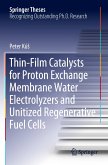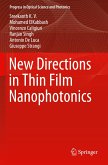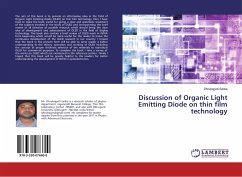This study investigates the suitability of using standard Cu(In,Ga)Sez cells produced in our laboratories for indoor applications. The characterisation of Cu(In,Ga)Se2 solar cells under different illumination intensities shows that by lowering the irradiance from standard test conditions (100 mw/cm²) towards 0.1 mw/cm² the performance of a standard cell is notably reduced, both in terms of the efficiency 'TI (from 'TI=14 to 'TI=3 %) and of the open-circuit voltage VaG(from VaG=630 to VaG=290 mV). The experimental results together with the results of some simulations on the diode parameters ofthe cell, clearly show that under low irradiances (< 5 mw/cm²) the most critical parameter for the cell 's performance is its parallel resistance Rp , a parameter which gives a macroscopic description of the shunting behavior of the solar cell. Simulations also showed that, under these conditions, the series resistance R, has practically no influence on the cell performance. Various modifications to the standard cell structure were examined with the goal of increasing the shunt resistance in order to improve the device performance under low irradiances.






